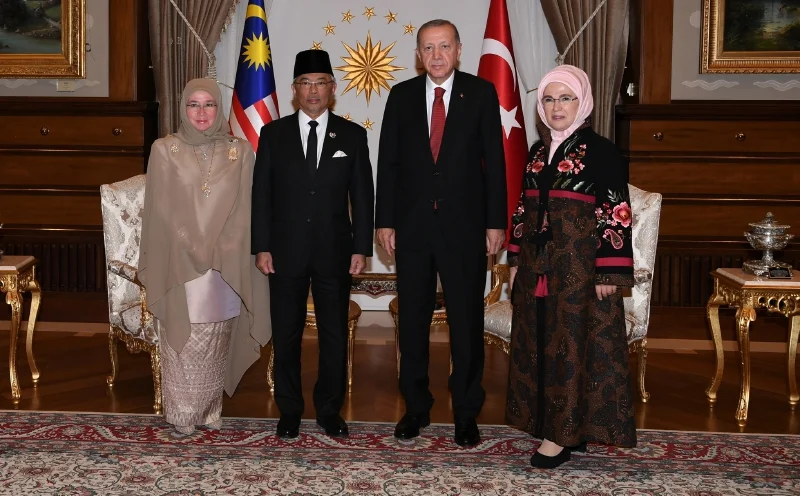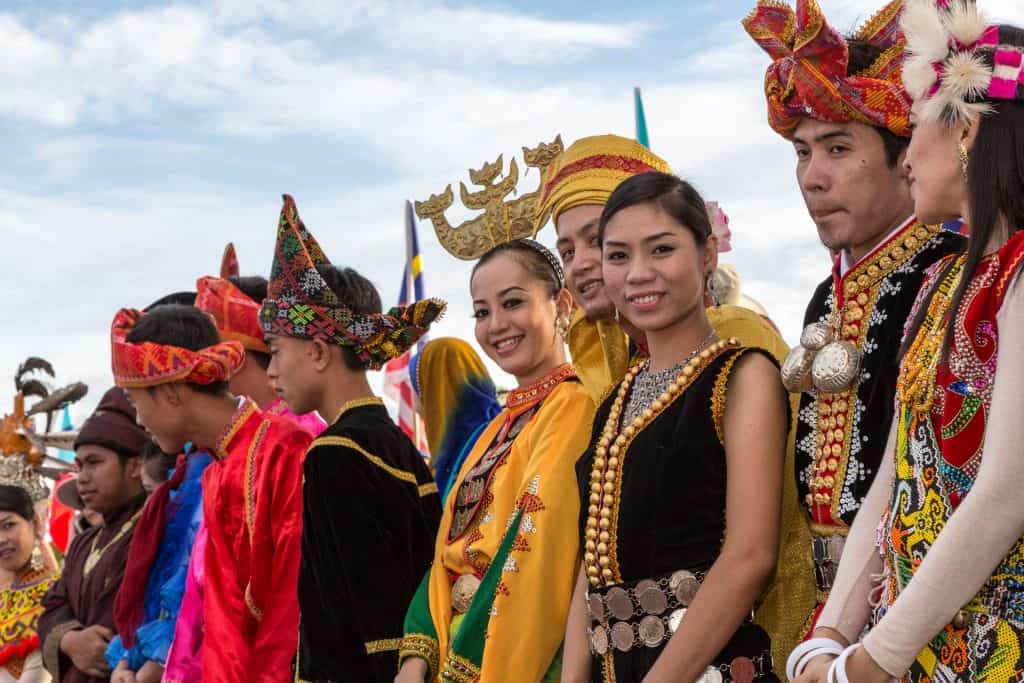On 1 February 2021, after a coup in Myanmar, and subsequent military crackdowns on civil society, the Association of Southeast Asian Nations (ASEAN) has stepped up its response to the renegade regime. However, much more needs to be done.
ASEAN’s first response came in April 2021. At the ASEAN Leaders’ Meeting (ALM) in Jakarta, “community building”, regional solidarity, and resilience were discussed. More importantly, the problem of political stability, “constructive engagement”, and regional peace were highlighted in the last two paragraphs (8 and 9), referring directly to developments in Myanmar.
The ALM discussions resulted in a Five-Point Consensus, which included a request for ASEAN’s special envoy to visit Myanmar and hold talks with “all parties concerned”. Some critics say the grouping’s initiative was two months too late, but ASEAN took this somewhat “extraordinary” step.
In August, Myanmar rejected ASEAN’s request for a visit by special envoy Erywan Yusof of Brunei. The plan was to meet with Aung San Suu Kyi and the National League for Democracy (NLD) members. The junta was not fulfilling parts of the agreement made in the April Five-Point Consensus.
Subsequently, ASEAN responded to this impasse in late October by excluding the junta’s top general, Min Aung Hlaing, from both the ASEAN annual summit and the East Asia Summit. Instead, members invited a non-political representative from Myanmar, which the junta snubbed. This precedented step in the grouping’s history, creating a rare diplomatic standoff.
Incidentally, in 1997, ASEAN had postponed Cambodia’s entry into the grouping due to a violent coup that had just taken place. ASEAN stood by the principle that if military force was used for an unconstitutional purpose, it could not be condoned or ignored.
However, it can also be argued that ASEAN’s position then does not parallel today’s situation with Myanmar, as the latter is already a full member. Nevertheless, we should be equally concerned with values and attitudes that transcend the sterile rigidity of nation-states and the legal tools that facilitate states to co-exist peacefully. We must also focus on the diverse communities of citizens within all these countries, without prioritising the bureaucratic and legal instruments on which formal regional institutions, such as ASEAN, function.
In late November, Myanmar was again excluded from the 13th Asia-Europe Summit (ASEM 13), in which the ASEAN Secretariat participated. As the world watches the military junta’s oppressive governance in Myanmar, eyes are also peeled onto ASEAN’s stilted response.
Questions about ASEAN’s principle of noninterference are valid, more so in the wake of the human rights atrocities in Myanmar. Noninterference is glaring because it contradicts ASEAN’s other principles to uphold democracy, good governance, and respect for human rights, which Myanmar has violated.
As a result, ASEAN has gained a reputation as being “wishy-washy”, lacking strategic vision, weak leadership, “toothless”, and inconsequential diverging priorities. Western powers with interest in the region, such as the US, United Kingdom, and Australia, question ASEAN’s agency in maintaining the region’s stability. With China’s increasing assertiveness in the region, these powers feel that ASEAN must be pressured more into making definite strategic and geopolitical decisions.
However, external powers should also have a historical understanding of the region’s diversity, norms, and cultures. All three (with an emphasis on diversity) were instrumental in the formation of ASEAN. Differences, including military conflict proved no obstacle for the original five-member states to come together.
ASEAN was conceptualised in 1967 within an adaptive vision to accommodate varied social and economic transformation conditions, military conflict, and divergent cultural and political systems.
Historian Wang Gungwu has opined that a “sense of region” in Southeast Asia was never based on a single identity, despite all its component polities being inter-connected and stable for centuries, through land and sea trade.
Stability resulted from intra-regional integration, communication, and compromise among the diverse communities. There was no concept of “region”. The small maritime and mainland economic units in Southeast Asia were identified as distinct economic, social, and cultural communities unto themselves. Vast linguistic divisions also prevailed amidst the necessity for connectivity and accommodation within such diversity. Therefore, one must understand ASEAN through this geo-historical map.
From repositories such as the British archives, historical documents cast considerable light on events leading up to ASEAN’s formation. The founders of ASEAN were S. Rajaratnam (Singapore), Tun Abdul Razak (Malaysia), Adam Malik (Indonesia), Narciso R. Ramos (the Philippines) and Thanat Khoman (Thailand). There was no guarantee in 1967 that ASEAN would survive, which is a crucial point to keep in mind.
There was pessimism from the West and from within the “ASEAN-5” itself. At the time, there were several military conflicts in the region. There was the North Borneo dispute of 1962, between Malaysia and the Philippines, over Sabah. There were military disputes between the Philippines, Singapore, and Indonesia over territories in the South China Sea.
Malaysia and Singapore were embroiled in highly charged political disagreements, which resulted in the exit of Singapore from the Malaysian federation in 1965. Finally, in 1966 Konfrontasi, or the Borneo Confrontation had just ended. This was a violent three-year military altercation between Indonesia and the newly formed Federation of Malaysia.
Myanmar is the most significant security challenge facing ASEAN right now. For Malaysia alone, the country has had an influx of over 200,000 Rohingya refugees. This has created a considerable social backlash. In particular, there are political repercussions precipitated by Malaysia’s problems with racial and religious polarization.
Also, what is to stop Myanmar from reaching out to stronger economies like China if a civil war breaks out in both the cities and rural parts of the country? The potential backlash against ASEAN is very worrying.
Therefore, ASEAN should embark on a definite paradigm shift, away from its non-interference clause. It must insist on new elections for Myanmar. ASEAN must be bold in stating its support for the results of the 2020 elections, which were decided by the majority of Myanmar citizens. At the same time, ASEAN must make it clear that it does not suggest the restoration of the NLD government. This is the middle-ground that ASEAN should adopt, instead of remaining ambiguous.
ASEAN and Southeast Asia should lead in settlement of the Myanmar crisis, while the international community, such as the UN Security Council, should help to ease the burden of the Myanmar people.
[Photo credit: Twitter]


